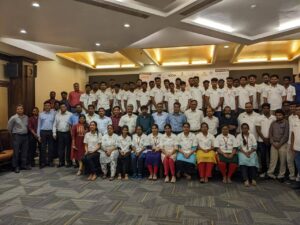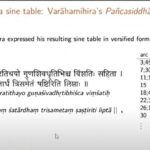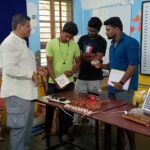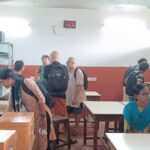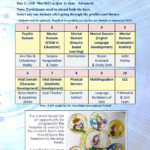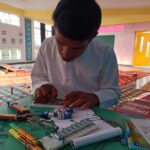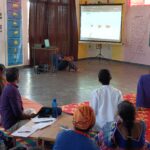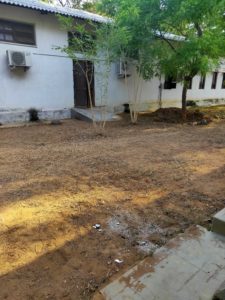The Confederation of Indian Industry (CII) works to create and sustain an environment conducive to the growth of the industry in India, partnering with industry and government alike through advisory and consultative processes. CII Puducherry Innovation Contest organized in partnership with Atal Incubation Centre, Pondicherry Engineering College Foundation is an ideal platform for the Students and Startupreneurs of Puducherry to showcase their innovative ideas, proof of concept, and prototypes. The event is structured through a 3-stage process that involves application shortlisting, online presentations, and a Pitch round. Boot camps, personal mentoring by Industrialists, and guidance by AIC are the salient features of the contest. Winners of the contest will get an opportunity to take their ideas to next level in the Atal Incubation Centre, PECF, and an opportunity to avail of seed funding.
The energetic youths of STEMland Vikinesh. R, Mugilan.M, and Punithavel.M from the Acharya College of Engineering and technology as the team participated in CII Puducherry Innovation Contest 2022 and presented their project “SALTWATER LAMP” and got selected for the finals of the Pitch round. They worked on this project to address the problems encountered by the fishermen and the public during disasters.
From left, Vikinesh. R, Mugilan.M, and Punithavel.M.
First, they conducted a survey to formulate the objective and worked on a solution – saltwater lamps. They used the STEMland tinkering lab to develop this project. This project paved the way to help fishermen during the night-time, deep sea fishing, and the public during disasters. The project employed salt water to produce electricity through which the lamp glows. The team presented the project to the C3streamland team to have a final rehearsal before presenting in the contest and took feedback for growth.
The project set out to be a benchmark and inspired many rural youths to use the STEMland tinkering lab for developing projects.






